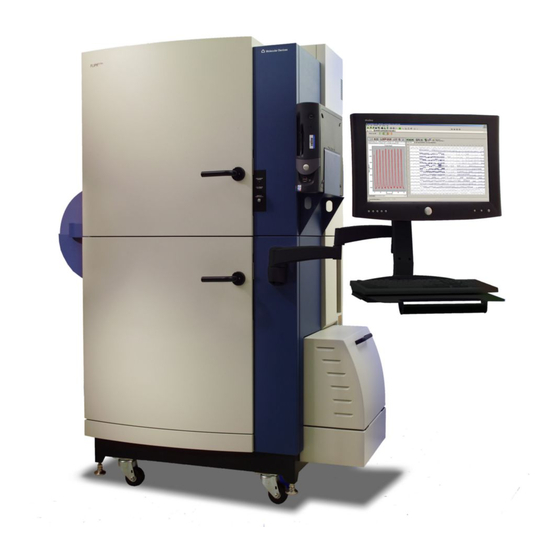
Molecular Devices FLIPR Tetra Manuals
Manuals and User Guides for Molecular Devices FLIPR Tetra. We have 1 Molecular Devices FLIPR Tetra manual available for free PDF download: User Manual
Molecular Devices FLIPR Tetra User Manual (302 pages)
High Throughput Cellular Screening System
Brand: Molecular Devices
|
Category: Laboratory Equipment
|
Size: 9 MB
Table of Contents
Advertisement
Advertisement
Related Products
- Molecular Devices FilterMax F3
- Molecular Devices FilterMax F5
- Molecular Devices FlexStation II
- Molecular Devices Digidata 1550
- Molecular Devices DispenCell
- Molecular Devices GenePix SL50
- Molecular Devices ImageXpress Confocal HT.ai
- Molecular Devices ImageXpress Pico
- Molecular Devices MultiWash+
- Molecular Devices QPix 400 Series
